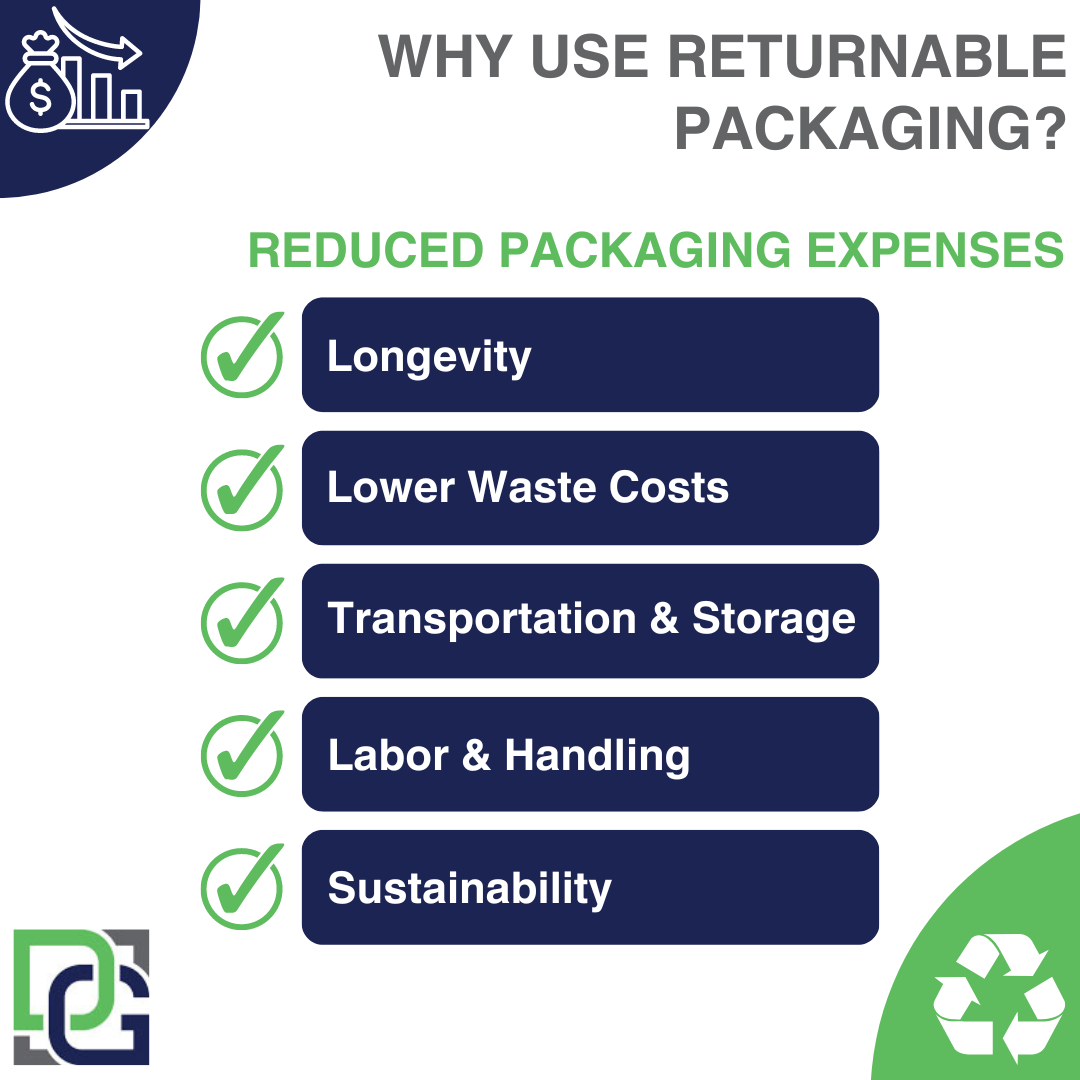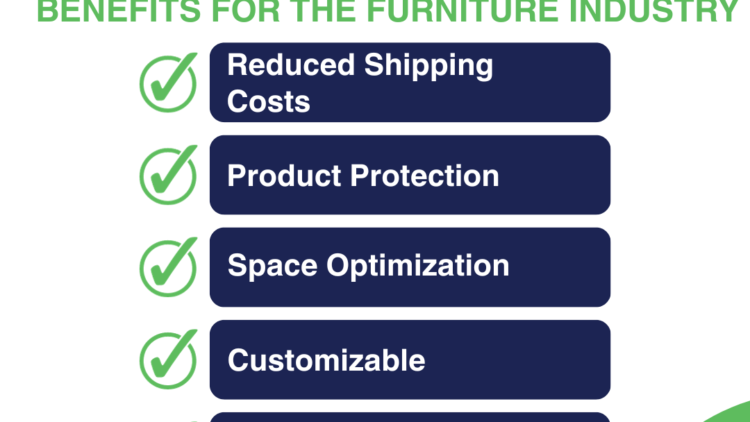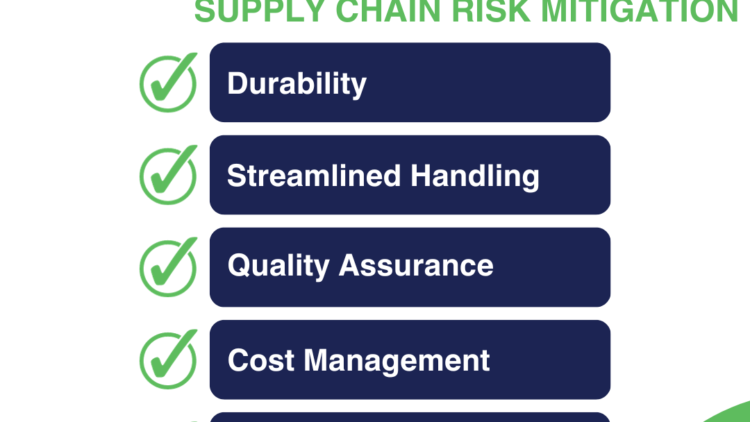Introduction
In today’s business landscape, efficiency and cost savings are paramount. One innovative solution that’s transforming the way businesses operate is returnable packaging. Beyond its ecological benefits, returnable packaging plays a pivotal role in significantly reducing packaging costs. In this blog post, we will explore how returnable packaging takes center stage in the quest to cut expenses, optimize logistics, and foster sustainable practices.
Longevity Reduces Material Costs:
Returnable packaging is designed for durability and longevity. Unlike single-use packaging that is disposed of after a single journey, returnable containers can be reused numerous times. This dramatically reduces the need for continuous production and purchase of new packaging materials, ultimately leading to substantial savings in material costs.
Lower Disposal and Waste Management Costs:
With single-use packaging, disposing of materials and managing waste can be a significant expense. Returnable packaging, however, significantly reduces the volume of waste generated, resulting in fewer disposal and waste management costs. It’s a cost-effective way to minimize environmental impact.
Streamlined Transportation and Storage:
Returnable packaging optimizes space utilization during transportation and storage. These containers are designed for efficient stacking and nesting, reducing the amount of space required. This, in turn, lowers transportation and warehousing costs as more products can be shipped in a single trip, and storage space can be used more efficiently.
Reduced Labor and Handling Costs:
Efficiency extends to labor and handling costs. Returnable packaging simplifies the loading and unloading process with standardized containers that are easy to handle. This reduces the labor required for packaging, unpacking, and sorting, leading to a decrease in labor costs. For the ultimate solution to reduce your labor costs, check out our RZR Rack!
Sustainable Supply Chain, Competitive Advantage:
Beyond direct cost savings, returnable packaging aligns with sustainability goals and enhances brand reputation. This can result in increased customer loyalty and demand for your products, which can be a significant competitive advantage in today’s eco-conscious marketplace.
Conclusion:
Returnable packaging is a multifaceted solution that not only optimizes logistics and reduces waste but also significantly cuts packaging costs. By promoting durability, reducing waste management expenses, streamlining transportation and storage, lowering labor and handling costs, and fostering a sustainable supply chain, returnable packaging paves the way for businesses to thrive in a more cost-effective and eco-friendly manner.
As businesses seek to maximize their efficiency and profitability, the adoption of returnable packaging becomes a strategic move. It’s a win-win situation: saving costs while championing sustainability and responsible business practices.





